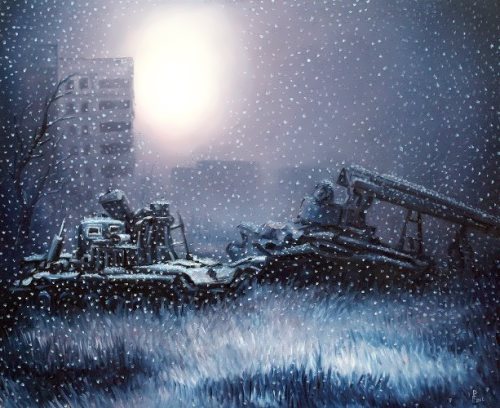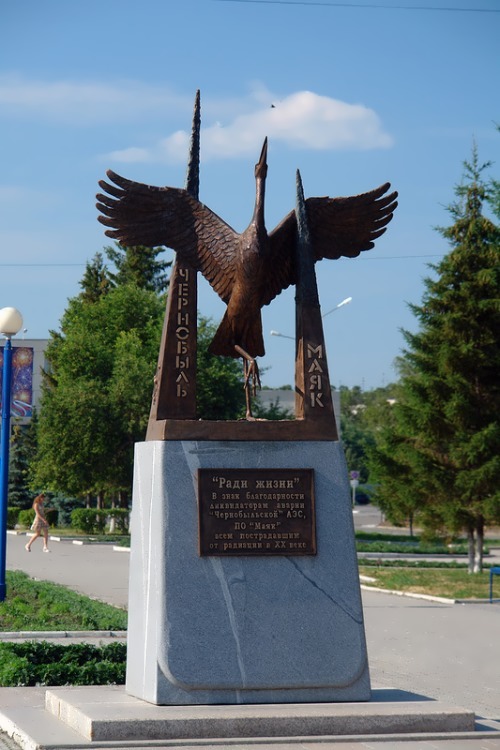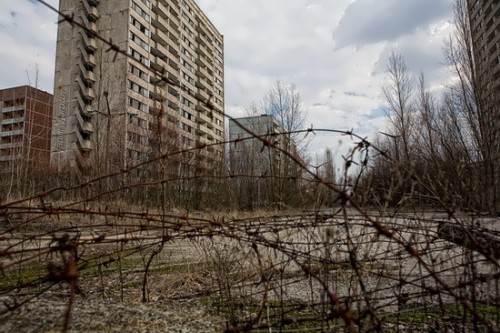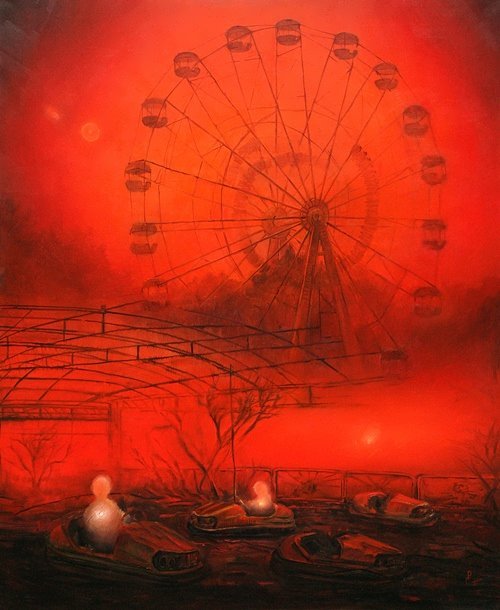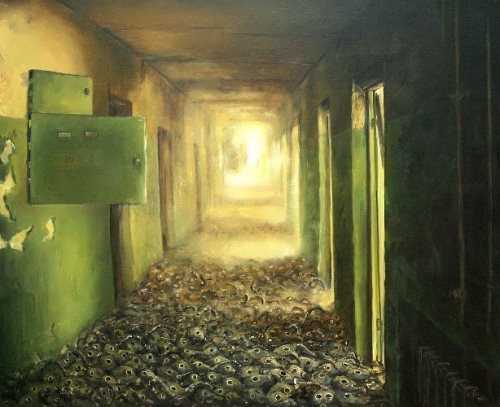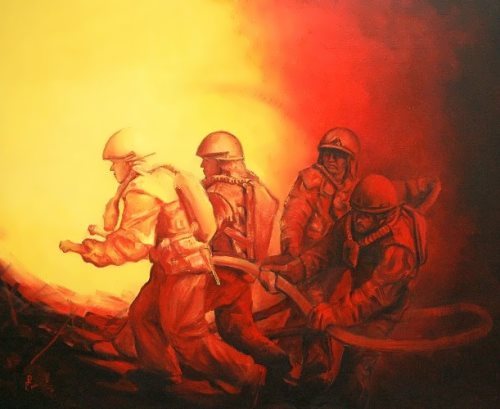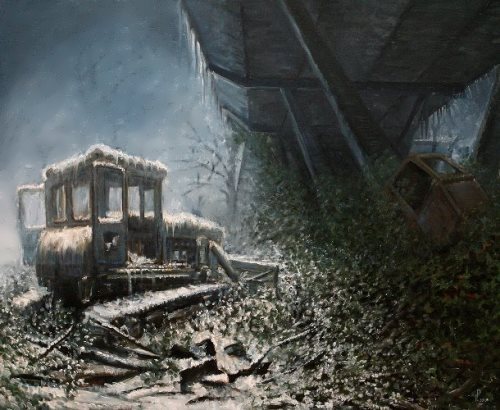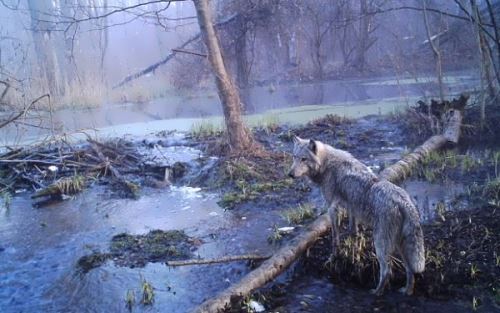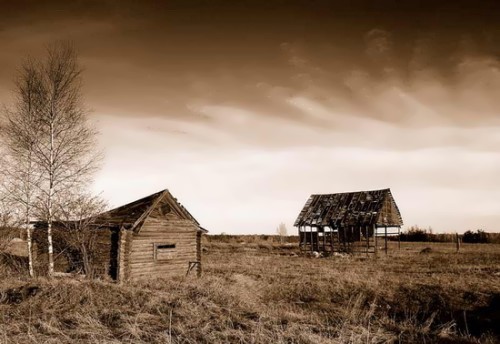Chernobyl – then and now
The Chernobyl nuclear power plant exploded on April 26, 1986, releasing large amounts of radioactivity into the environment. The amount of radioactive material that went into the atmosphere was equivalent to 10 Hiroshima bombs. It is the most severe catastrophe throughout the entire world history of the atomic energy use.
The disaster occurred as a result of an experiment on how long safety equipment would function during shutdown at the fourth reactor unit.
The power station is located 9 mi (14.5 km) northwest of the town of Chernobyl, with a population of 12,500, and less than 2 mi (3.2 km) from the town of Pripyat, which contains 45,000 inhabitants.
Officials at first denied that there had been a serious accident at the power plant. The government in Moscow was led to believe for several hours after the explosion and fire at Chernobyl that the reactor core was still intact. This delayed the evacuation for a critical period during which local citizens were exposed to high radiation levels. The evacuation of Chernobyl and local villages was spread out over eight days.
Tests showed that air, water, and soil around the plant had significant contamination.
At the time of the accident, and for several days thereafter, the winds carried the radioactive waste to the north.
The radioactive cloud split into two lobes, one spreading west and then north through Poland, Germany, Belgium, and Holland, and the other through Sweden and Finland.
By the first of May, the wind direction changed and the radioactive fallout went south over the Balkans and then west through Italy. Large areas of Europe were affected, and many farmers destroyed their crops for fear of contamination.
The maximum permissible dose of radiation for a nuclear power operator is 5 roentgens per year and for the rest of the population, 0.5 roentgens per year. At the Chernobyl plant, the levels of radiation ranged from 1,000 to 20,000 roentgens per hour.
Over 600,000 people were involved in the decontamination and clean up of Chernobyl.
The radiation situation was determined by radionuclides with the period of half-decay from 8 days till 24390 years.
260,000 hectares of agricultural lands are forbidden to use for farming purposes. Thousands of hectares of forests are contaminated with radioactive elements. The Chernobyl catastrophe has affected the destinies of millions of people. The radioactive contamination of the ecosystems has created the conditions for making it impossible to conduct the agricultural production and manage forestry in the normal way for many decades.
After the collapse of the Soviet Union in 1991, maintenance of the Chernobyl site fell to the Ukrainian government. International aid funds were established to help Ukraine pay for construction of another containment unit as the current concrete structure is already failing. The Ukrainian government closed the final reactor in 2000. In 2010, the Ukrainian government launched a program to clear the Chernobyl site by 2065.
Sources:
Environmental Encyclopedia
Encyclopedia of Russian History
Recently, scientists have launched a project to learn more about the fauna of the abandoned places. It turns out that the presence of people affects the fauna much more than radiation.
Over the past 30 years the number of animals in the exclusion zone has increased. The researchers studied trails on the snow and set up 42 cameras. Bisons and Przewalski horses were also seen there.
The research shows that there are wild boars, wolves, deer and foxes in Chernobyl forests. There are also rare animals – European lynx and brown bear.
Professor of the University of Portsmouth, Jim Smith argues that the accident has created a wildlife park.
As you can see, sometimes a human can be more evil than the contamination.
Source: sayanarus.livejournal.com
